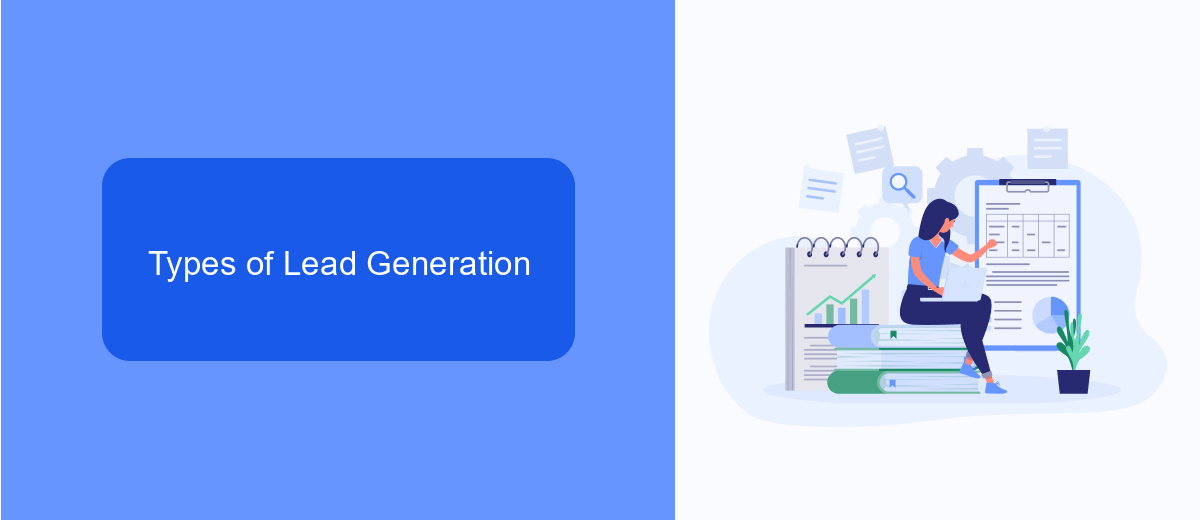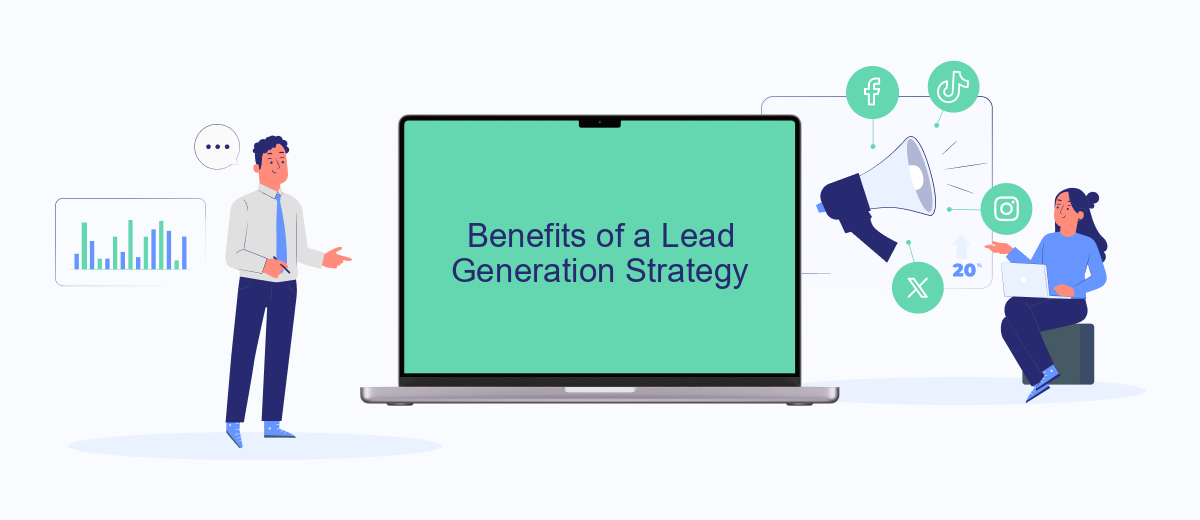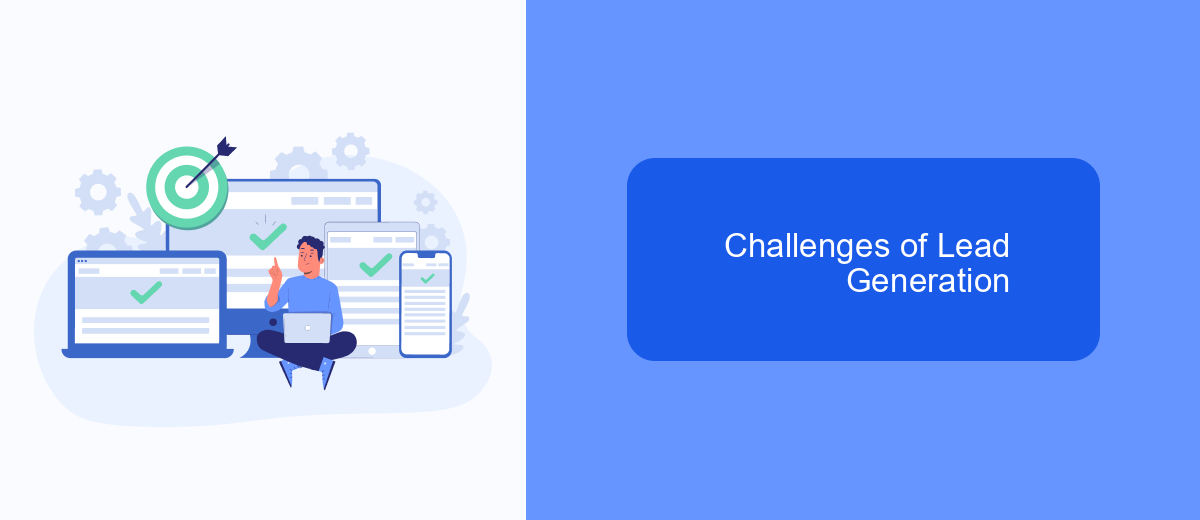Lead generation strategy is a crucial component of modern marketing that focuses on attracting and converting prospects into potential customers. It involves a series of tactics and techniques designed to capture interest, nurture relationships, and ultimately drive sales. In this article, we will explore the key elements of an effective lead generation strategy and how it can significantly boost your business growth.
What is Lead Generation Strategy
Lead generation strategy is a systematic approach to attracting and converting prospects into potential customers for your business. It involves various tactics and techniques designed to capture the interest of potential leads and nurture them through the sales funnel.
- Content Marketing: Creating valuable content to attract and engage your target audience.
- SEO: Optimizing your website to rank higher in search engine results, increasing visibility.
- Social Media: Leveraging social platforms to connect with potential leads and promote your brand.
- Email Marketing: Sending targeted emails to nurture and convert leads.
- Paid Advertising: Utilizing PPC and other paid channels to drive traffic and generate leads.
Effective lead generation strategies often require integrating various tools and platforms to streamline processes and improve efficiency. Services like SaveMyLeads can automate lead data transfer from different sources to your CRM, ensuring you never miss a potential customer. By using such integrations, businesses can focus more on nurturing leads rather than managing data manually.
Types of Lead Generation

Lead generation strategies can be broadly categorized into inbound and outbound methods. Inbound lead generation focuses on attracting potential customers through valuable content and experiences tailored to them. This includes tactics like content marketing, search engine optimization (SEO), and social media marketing. By providing useful and engaging content, businesses can draw in prospects organically and nurture them through the sales funnel.
Outbound lead generation, on the other hand, involves proactively reaching out to potential customers. This can be done through techniques such as cold calling, email marketing, and direct mail campaigns. Additionally, leveraging tools like SaveMyLeads can streamline the process by automating lead data collection and integration, ensuring that no potential lead is missed. By combining both inbound and outbound strategies, businesses can create a comprehensive approach to generating and converting leads.
Benefits of a Lead Generation Strategy

A well-crafted lead generation strategy can significantly enhance your business's growth by systematically attracting and converting potential customers. This approach not only streamlines your marketing efforts but also ensures a steady flow of qualified leads, ultimately boosting your sales and revenue.
- Increased Conversion Rates: Targeted lead generation helps identify and engage with prospects who are more likely to convert, thereby improving your overall conversion rates.
- Cost Efficiency: By focusing on high-quality leads, you can optimize your marketing budget, reducing wasteful spending on broad, untargeted campaigns.
- Enhanced Customer Insights: A robust lead generation strategy provides valuable data on customer preferences and behaviors, enabling more personalized and effective marketing efforts.
- Streamlined Integration: Utilizing services like SaveMyLeads can automate and simplify the integration of lead data into your CRM, ensuring seamless communication and follow-up.
Implementing a lead generation strategy not only drives business growth but also fosters long-term customer relationships. By leveraging the right tools and techniques, you can create a sustainable pipeline of leads, ensuring your business remains competitive and successful in the long run.
Challenges of Lead Generation

Lead generation is a critical component of any successful marketing strategy, but it comes with its own set of challenges. One of the primary difficulties is targeting the right audience. Without a clear understanding of who your ideal customer is, your efforts may be wasted on leads that are unlikely to convert.
Another significant challenge is capturing and maintaining the interest of potential leads. With so much information and so many options available, keeping prospects engaged requires a well-crafted approach and continuous effort. Additionally, integrating various tools and platforms to streamline the lead generation process can be daunting.
- Identifying the right target audience
- Maintaining engagement and interest
- Integrating various tools and platforms
- Measuring the effectiveness of lead generation strategies
Services like SaveMyLeads can simplify the integration process by automating the transfer of leads between different platforms, ensuring that you can focus more on nurturing those leads rather than managing data. By addressing these challenges head-on, businesses can optimize their lead generation strategies and achieve better results.
How to Create a Lead Generation Strategy
Creating a lead generation strategy begins with understanding your target audience. Identify who your ideal customers are by analyzing demographic data, behavior patterns, and pain points. Once you have a clear picture of your audience, develop compelling content that addresses their needs and interests. This could range from blog posts and eBooks to webinars and social media updates. Ensure your content is optimized for search engines to increase visibility and attract organic traffic.
Next, utilize tools and integrations to streamline your lead generation process. Services like SaveMyLeads can automate the collection and management of leads, allowing you to focus on nurturing relationships. Integrate your lead capture forms with your CRM to ensure all data is centralized and easily accessible. Implement tracking and analytics to measure the effectiveness of your campaigns and make data-driven adjustments. By combining targeted content with efficient tools, you can create a robust lead generation strategy that drives results.


FAQ
What is a Lead Generation Strategy?
Why is Lead Generation important for businesses?
What are some common methods for generating leads?
How can automation improve the lead generation process?
What metrics should be tracked to measure the success of a lead generation strategy?
Personalized responses to new clients from Facebook/Instagram. Receiving data on new orders in real time. Prompt delivery of information to all employees who are involved in lead processing. All this can be done automatically. With the SaveMyLeads service, you will be able to easily create integrations for Facebook Lead Ads and implement automation. Set up the integration once and let it do the chores every day.
